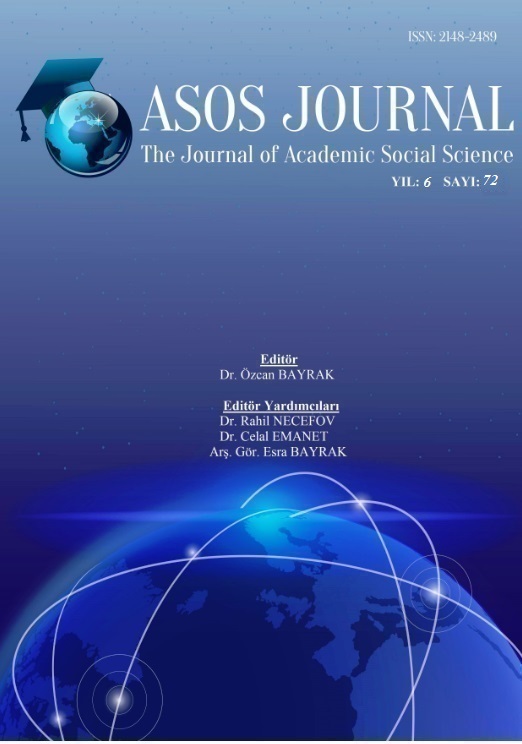Author :
Abstract
Fantastik anlatılardan önce sözlü olarak nesilden nesile aktarılan, bir insanın veya toplumun yaşamını, mücadelelerini, hikâyelerini dilden dile çocuklara anlatan masallar yıllar boyunca önce yazıya, sonrasında ise beyaz perdeye yansıtılmıştır. Böylece gündelik yaşamlardan ortaya çıkarılan mitler, semboller ve hikâyeler daha renkli bir biçimde sinemaya uyarlanmıştır. 20.yy’da teknolojinin gelişmesi ve sinemanın sanayileşme sürecine girmesi ile yapılan çok sayıda fantastik masalsı filmler, kendini yine kendi içinde yenileyerek ve dönüştürerek var olmayı başarmıştır. Klasik anlatı biçiminin temelini oluşturan masallar, postmodern dönemde metinlerarası etkileşim içine girmiştir. Kendi içinde yeni metinler, yeni anlamlar üretmeye başlayan sinema, bu doğrultuda izleyiciye yeni bir haz ve yeni mitolojik öyküler aktarırken diğer yandan da günümüzde izleyiciye geçmişten izlekler sunmaya devam etmektedir. Sinema başlangıcından itibaren belgesel tür ile dış gerçekliği olduğu gibi yansıtan hikâyeler üretmenin yanı sıra günümüze kadar Melies’in gittiği yoldan düşsel ve fantastik anlatı yapıları kurgulamaya devam etmiştir. Çalışmamızda bu doğrultuda sinemada masalsı anlatı ve mitolojik ögeleri incelemekte ve bu bağlamda ‘Pan’ın Labirenti’ filmi örnek alınmaktadır.
Keywords
Abstract
The tale that tells children about life, struggles, and stories of a human being or a society that has been transmitted orally to the generations before the fantastic stories has been transferred to the writings for years and then to the white screen afterwards. Thus, the myths, symbols and stories that are revealed from everyday life are adapted to the cinema in a more colorful way. With the development of technology in the 20th century and the cinema entering the process of industrialization, many fantastic fantasy films have succeeded to exist by renewing and transforming themselves in themselves. Tables that form the basis of the classical narrative form have entered into intertextual interaction in the postmodern period. The cinema which started to produce new texts and new meanings within itself, while conveying new pleasure and new mythological stories to the viewer in this direction, on the other hand, the audience continues to present the past. From the outset of the cinema, he continued to construct imaginative and fantastic narrative structures from the way that Melies went as far as the production of storytelling reflecting the kind of documentary genre and external reality. In our work, we study the mythical narrative and mythological figures in the cinema and in this context we take the example of 'Pan's Labyrinth' as an example.





